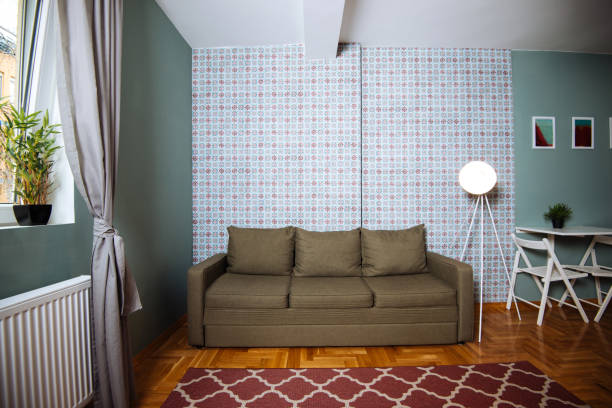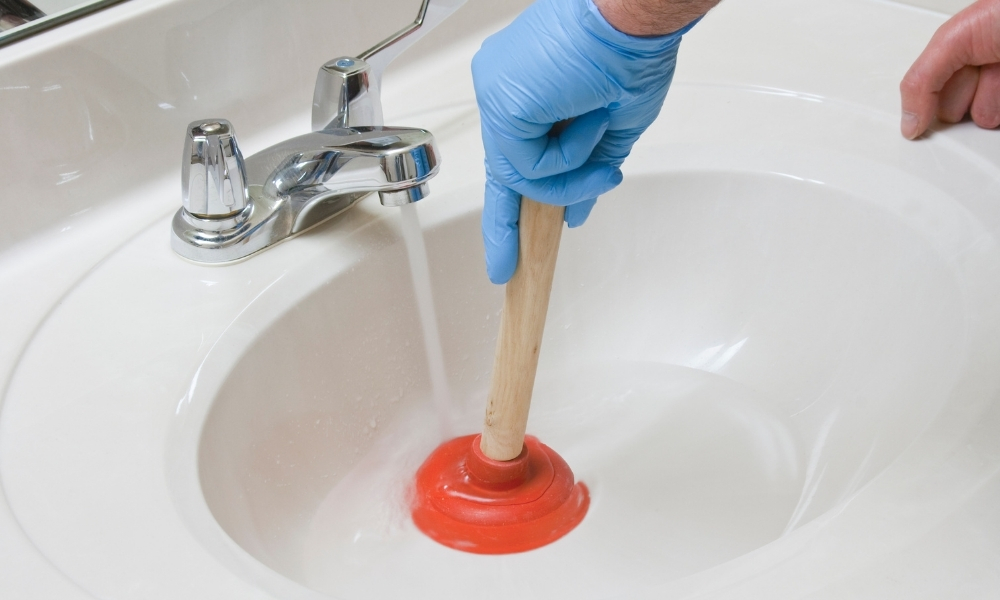Home painting is a crucial part of any home renovation. Here are some tips to help you paint your home more efficiently.
We have some excellent home painting tips for you if you’re someone who is interested in renovations, from the cement up to the strength of concrete. These tips will help you choose the right color and ensure that your paint lasts a long time. This guide to house painting in auckland includes everything from tips on painting to how to paint walls.
Home Painting Guide For A Long-Lasting Paint
1. Consider the weather conditions and check the moisture content in the wall.
If you’re doing the painting yourself, make sure you plan enough time when you create your timeline and plan out your home renovation. Choose a time when your country is in summer or winter because the monsoon won’t allow the paint to dry. The summer is the ideal time to paint your walls.
Moisture Meters are specially designed devices that measure the moisture content of a wall.
The Moisture Meter can detect moisture trapped in concrete walls, floors, and ceilings. This could be caused by a leaking roof, damaged pipe, rainwater, or underground seepage. Moisture Meter will provide you with an accurate and scientific diagnosis to help you determine the extent of dampness and take the necessary steps to waterproof your walls and roof.
2. Before painting, clean the surface.
Before you start painting, make sure the wall surface is clean. It is important to remove any cobwebs or dust from your walls before you begin painting. It is important to remove any debris, even if it’s not visible. This will prevent a problem when painting.
3. Investing in high-quality paint and equipment.
It is important to read through the painting tips to find a paint that will last. This way, you won’t need to redo your work all the time. You will need to purchase high-quality paint and painting tools like roller covers, brushes, and painter’s tape. You can save time and paint by using good roller covers and brushes. A good painter’s tape will also help you seal out any drips or blurs.
4. Do not skip the primer.
Use a water-based prime before painting new drywall to cover imperfections and create a smooth base. Choose an oil-based prime if you’re painting paneling or walls that are water damaged, smoke stained, or have been sprayed with smoke.
5. Mix several cans in a bucket to get a uniform color.
To eliminate inconsistencies, mix all the cans together in one bucket. Then, use the paint from there. This process is called ‘boxing.’ It is best to estimate the amount of paint you will need and proceed accordingly.
6. Avoid lap marks .
Avoid streaks by painting all the way up the wall, then moving slightly to overlap the strokes.
7. First, paint the trim.
Professionals follow a set order. First, they paint the trims. Then, they paint the ceilings. Finally, the walls. It is faster and easier to paint trims rather than tape off walls. You don’t need to paint the trim perfectly, just a smooth surface.
8. For a smoother finish, sand the trim in between coats.
A single coat of paint will not likely hide the color and shine on the trim. If you do not sand between coats of paint, your finish could have a grainy appearance. Sand the trim before painting each coat for a smoother finish.




